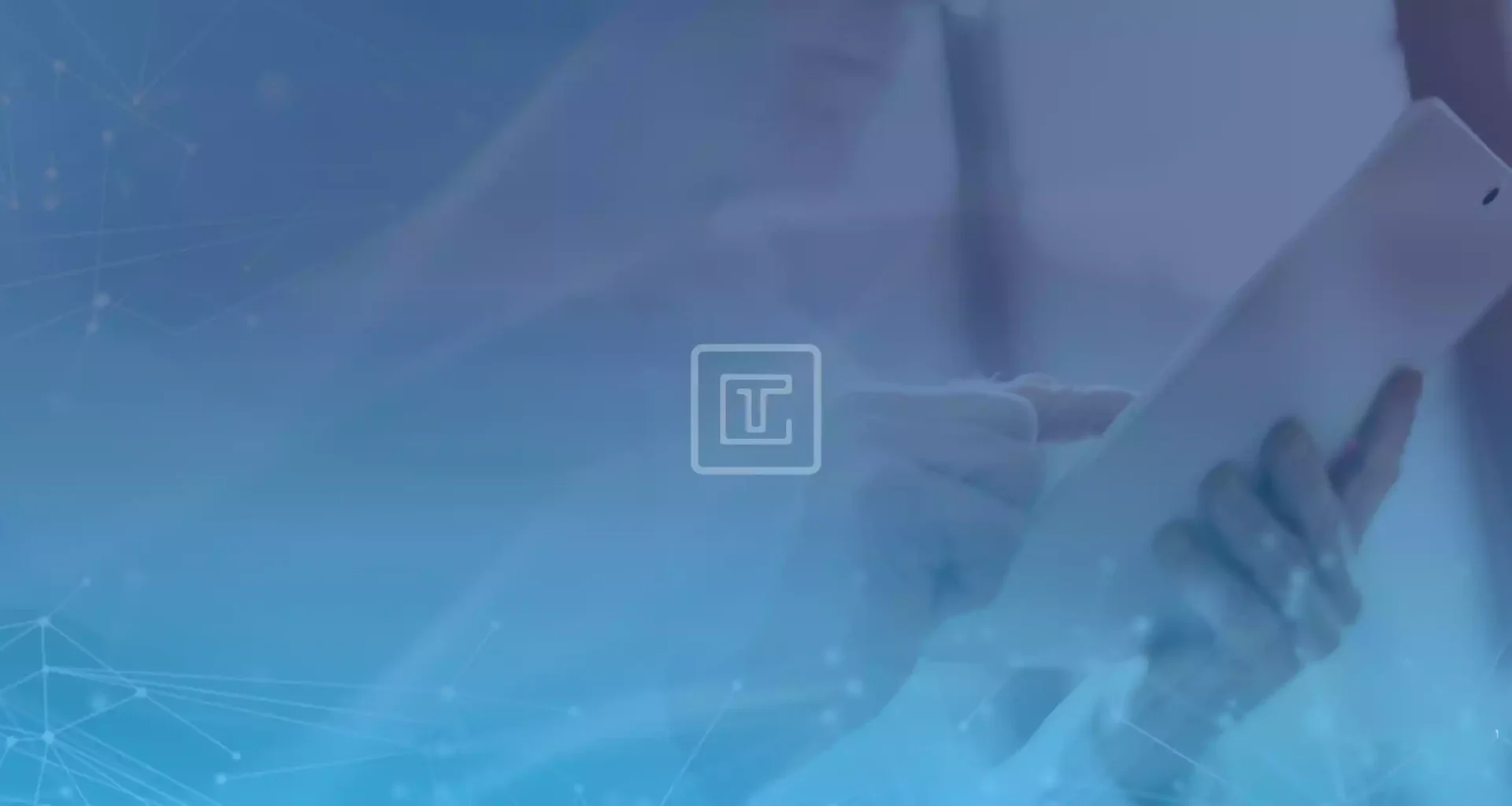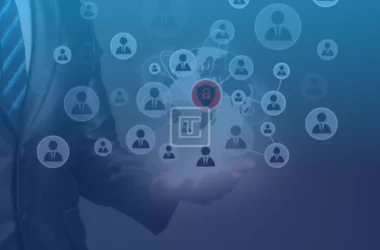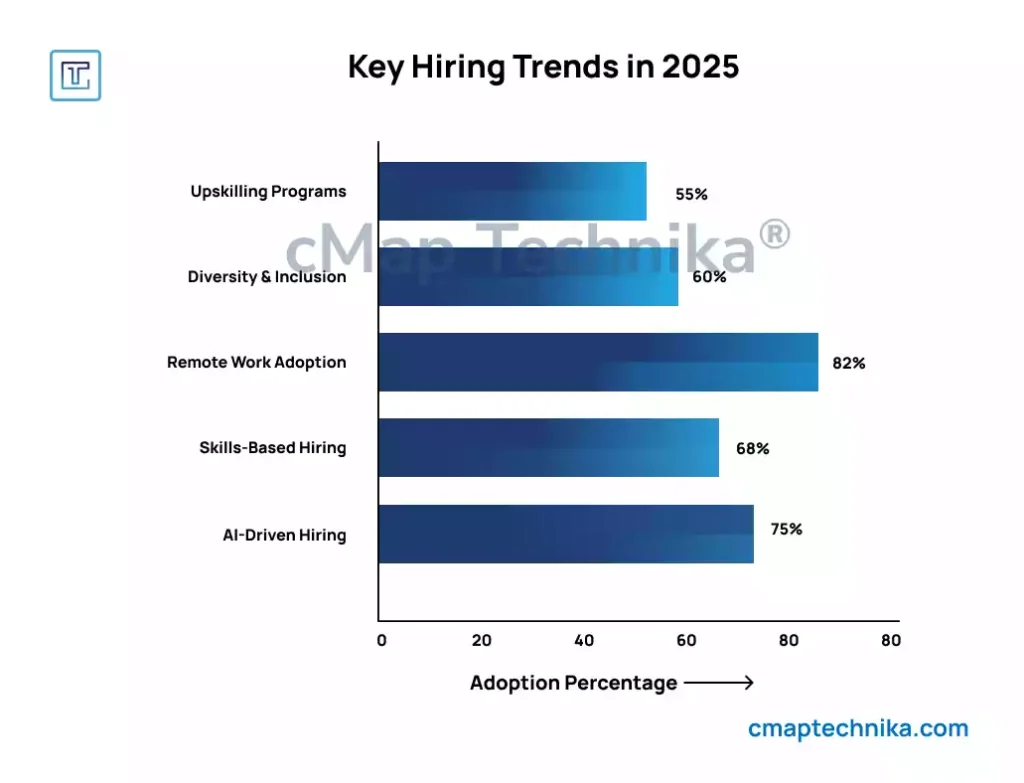
Introduction
The global hiring landscape is undergoing a profound transformation. Rapid technological advancements, shifting workforce expectations, and evolving business needs are driving a significant departure from traditional hiring models. In 2025, the hiring market is no longer just about filling roles—it’s about strategic alignment between business goals, skills, and future adaptability.
The rise of automation, artificial intelligence (AI), and remote work has fundamentally altered how businesses attract, evaluate, and retain talent. The traditional reliance on educational qualifications and industry experience is giving way to skills-based hiring, predictive analytics, and AI-powered recruitment tools. Meanwhile, the increased acceptance of remote and hybrid work models has expanded the talent pool, creating both opportunities and challenges for employers.
In this article, we explore the key trends shaping global hiring in 2025, including the rise of skills-based hiring, the integration of AI and automation into recruitment processes, the growing dominance of remote work, and the strategic shifts companies are making to remain competitive. Backed by real-world case studies and market insights, this article provides a strategic roadmap for navigating the evolving hiring landscape and building a future-ready workforce.
The Rise of Skills-Based Hiring
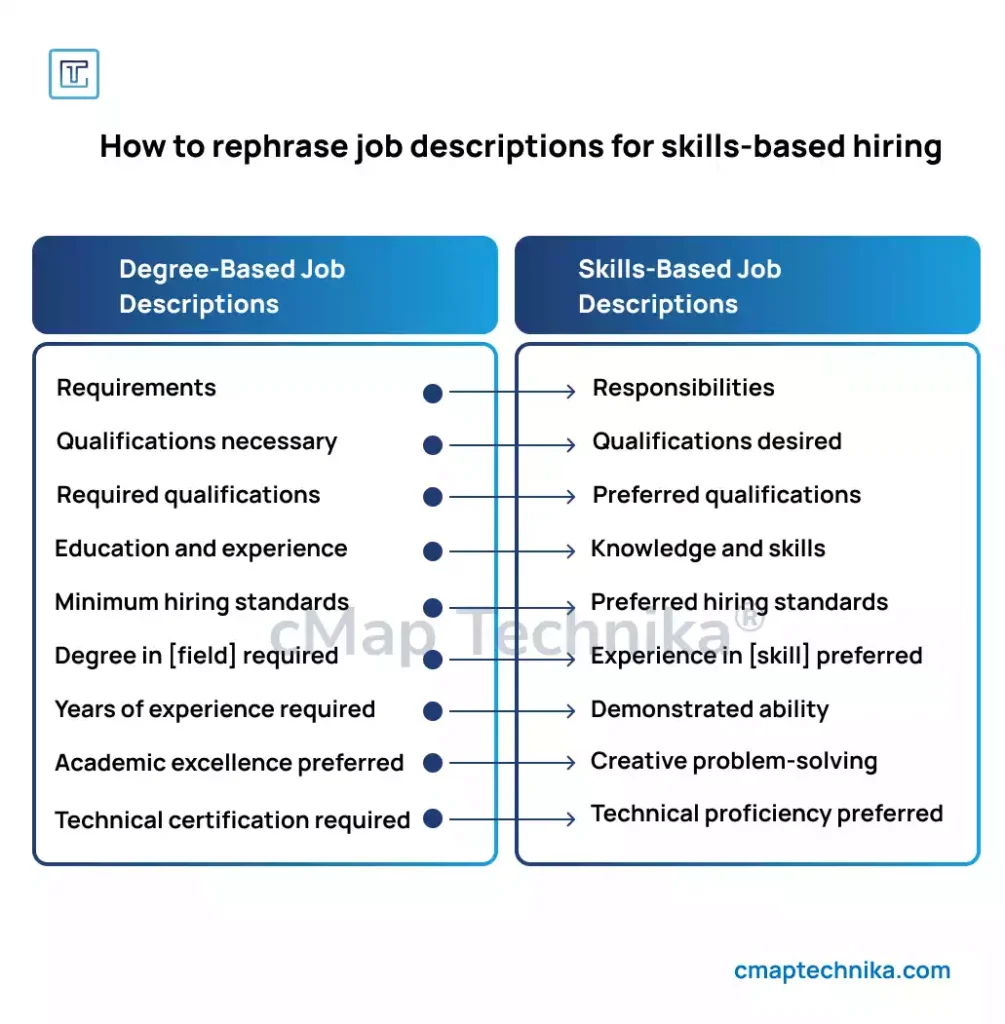
The Shift from Credentials to Capabilities
For decades, hiring practices have been heavily influenced by academic credentials and previous job titles. However, as industries face rapid technological disruption and shifting market dynamics, this model has shown its limitations. In 2025, companies are moving toward skills-based hiring—prioritizing capabilities, adaptability, and learning potential over formal qualifications.
This shift reflects the growing complexity of modern job roles, where traditional education systems struggle to keep pace with the rapid emergence of new technologies and methodologies. Hiring managers are now looking for candidates with a combination of:
- Technical expertise (e.g., coding, data analysis)
- Soft skills (e.g., communication, critical thinking)
- Problem-solving and adaptability
- Industry-specific knowledge
Why Skills-Based Hiring Works
- Faster Adaptation to Change: Candidates hired based on skills and learning potential can more easily adapt to new tools, processes, and market changes.
- Higher Job Performance: Research shows that employees hired based on competency and real-world problem-solving ability perform better and have higher job satisfaction.
- Greater Talent Pool: Skills-based hiring widens the candidate pool by removing barriers related to degrees and educational backgrounds.
Case Study: IBM’s Skills-First Approach
IBM has been at the forefront of the skills-based hiring movement. By 2023, the company had eliminated degree requirements for over 50% of its U.S.-based job listings. Instead of relying on traditional credentials, IBM implemented a structured competency assessment model that evaluates candidates based on their problem-solving ability, technical expertise, and capacity to learn.
This approach allowed IBM to tap into a broader talent pool, including candidates from non-traditional backgrounds. The shift increased hiring efficiency by over 30% and improved employee retention by focusing on long-term potential rather than immediate qualifications.
The Growing Influence of AI and Automation in Recruitment
AI-Driven Recruitment Tools
Artificial intelligence and automation have reshaped the hiring process, from sourcing candidates to conducting final interviews. AI-driven platforms can analyze thousands of resumes in seconds, assess candidate suitability based on historical hiring data, and provide predictive insights into future job performance.
How AI Is Revolutionizing Hiring
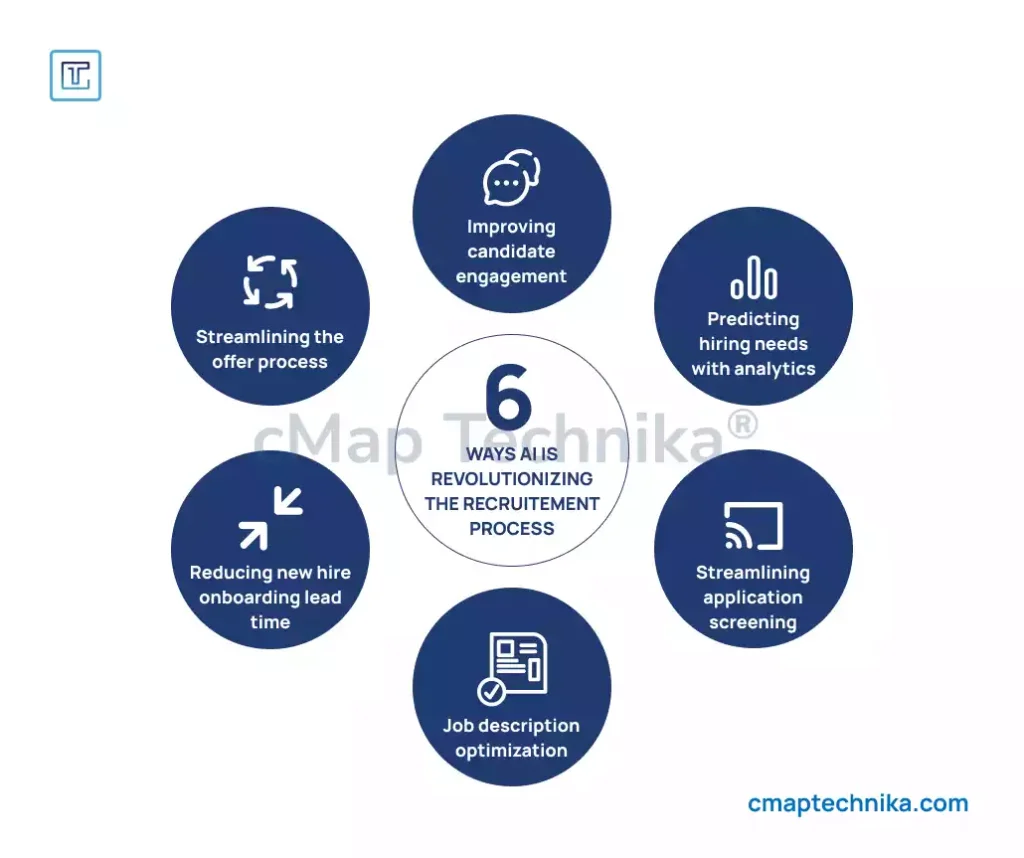
AI is transforming recruitment by automating key tasks and improving hiring outcomes. Here’s how AI is reshaping the process:
- Automated Resume Screening – AI-powered applicant tracking systems (ATS) can scan and rank thousands of resumes based on relevant skills and experience, reducing time-to-hire and improving candidate quality.
- Chatbots and Virtual Assistants – AI-driven chatbots handle initial interactions, answer FAQs, schedule interviews, and conduct pre-screening to enhance candidate experience.
- Predictive Analytics – AI analyzes hiring patterns and performance data to predict which candidates are most likely to succeed, helping recruiters make informed decisions.
- Bias Reduction – Machine learning models can focus on skills and experience rather than demographics, reducing unconscious bias and improving diversity.
- Job Description Optimization – AI helps create more effective and inclusive job descriptions by identifying biased language and suggesting alternative terms.
- Streamlining the Offer and Onboarding Process – AI automates contract generation, documentation, and onboarding plans, reducing lead time and improving early retention.
AI is enhancing both the efficiency and quality of recruitment, allowing companies to identify top talent faster while improving the overall candidate experience.
Example: Unilever’s AI-Powered Hiring Model
Unilever adopted an AI-based hiring platform to screen candidates through a combination of gamified assessments and AI-analyzed video interviews. Candidates complete cognitive and emotional intelligence tests, and AI algorithms analyze facial expressions, tone of voice, and speech patterns to assess personality fit and potential performance.
The result: Unilever reduced hiring time by 75% and increased diversity within its talent pool by focusing on candidate potential rather than traditional qualifications.
The Rise of Remote and Hybrid Work Models
The Globalization of Talent
Remote and hybrid work models have permanently altered the hiring landscape. The COVID-19 pandemic forced businesses to adapt quickly to remote work, and many companies have since made these changes permanent. By 2025, over 70% of the global workforce is expected to work remotely at least part of the time.
Remote hiring allows companies to access a much larger and more diverse talent pool without being restricted by geographic location. Companies that embrace remote and hybrid models are finding significant advantages, including:
- Lower operational costs due to reduced office space requirements
- Access to specialized talent regardless of location
- Increased employee satisfaction and work-life balance
- Higher retention rates
Case Study: Dropbox’s “Virtual First” Strategy
Dropbox shifted to a “Virtual First” model in 2020, allowing most employees to work remotely while maintaining collaboration spaces for team meetings and brainstorming sessions. The company invested heavily in digital collaboration tools and restructured its performance evaluation process to focus on outcomes rather than hours worked.
The outcome: Dropbox increased employee satisfaction scores by over 20% and saw a measurable improvement in productivity levels within the first 12 months of implementing the Virtual First strategy.
Challenges in the Evolving Hiring Landscape
While the shift toward AI, skills-based hiring, and remote work creates opportunities, it also introduces new complexities:
1. Talent Shortages in High-Demand Fields
Industries such as technology, healthcare, and engineering face critical talent shortages. A report from McKinsey projects a shortfall of 3.5 million cybersecurity professionals globally by 2025.
Solution: Leading companies like Microsoft are addressing this challenge by launching large-scale reskilling programs to cultivate in-house expertise.
2. Managing a Global and Distributed Workforce
Coordinating a remote workforce across time zones introduces challenges in communication, compliance, and cultural alignment.
Solution: Companies like GitLab have implemented asynchronous communication models and regional HR teams to address these issues.
3. Data Privacy and Compliance
Hiring across borders requires adherence to local labor laws and data privacy regulations (e.g., GDPR, CCPA).
Solution: Platforms like Deel and Remote.com provide localized hiring solutions that ensure compliance with country-specific regulations.
Strategic Insights for Future-Proofing Hiring Practices
To remain competitive in the evolving hiring landscape, businesses must adopt a forward-looking strategy:
- Invest in Skills-Based Talent Pipelines: Partner with educational institutions and training platforms to create a steady flow of skilled talent.
- Leverage AI for Intelligent Hiring: Use AI to automate repetitive tasks, but retain human oversight to ensure quality and alignment with company culture.
- Prioritize Flexibility: Create policies that allow employees to work remotely while maintaining a strong organizational culture.
- Focus on Employee Experience: Competitive salaries, benefits, and growth opportunities are essential for attracting and retaining top talent.
- Commit to Diversity and Inclusion: Companies with diverse leadership teams outperform their competitors by up to 35% in profitability.
Conclusion
The global hiring landscape in 2025 reflects a shift toward skills-based hiring, AI-driven recruitment, and remote work. Companies that continue to rely on outdated hiring models will struggle to compete in an increasingly complex labor market.
Success lies in building a future-ready workforce by combining strategic hiring practices with technological innovation. Leading brands like IBM, Unilever, and Dropbox have already demonstrated that adapting to these changes results in improved hiring efficiency, increased diversity, and higher employee retention rates.
As businesses navigate the next phase of workforce transformation, those that align their hiring strategies with these emerging trends will gain a significant competitive advantage in the global talent market.



